In 1991, a narrow, miles-long column of children—mostly parentless, homeless boys—marched south from Sudan, traveling roughly 1,000 miles before arriving in Kenya’s hot, barren northwest, where the United Nations had built a camp for them called Kakuma. It’s now one of the oldest, largest refugee camps in the world. Some of those marchers are believed to still be living in Kakuma today, along with roughly 150,000 others who have since fled Somalia, Ethiopia, Burundi, Rwanda, the Democratic Republic of the Congo, and what is now known as South Sudan. Movement beyond the camps is strictly regulated by Kenyan authorities; access to information is limited; and camp dwellers live with the uncertainty of possibly being resettled to another country any time. Life among thatched-roof huts, tents, and mud homes lining a dusty, ad hoc street grid has been called “equally prison and exile” by the local rag, the Kakuma News Reflector.
New arrivals get a shack and minimal food aid, administered by non-governmental organizations and the United Nations, in cooperation with the Kenyan government. Savvier residents barter their way to greater food security. And a small number—most of whom came from greater means in their home countries, and can afford to buy wares from wholesalers in the region—operate profitable makeshift cafes, general stores, movie theaters, and barbershops. There is even a sub-market for strategically located shanties that receive the most foot traffic. Against long odds, a bustling if modest economy has evolved inside Kakuma camp, one perhaps more robust than that of the impoverished community that surrounds it.
“I sense a strong entrepreneurial drive there—shops pieced together from scraps. Everyone aspires to have a business,” says photographer Carlyn Drake, who visited Kakuma last summer, In a place ruled by impermanence, perhaps nothing lends more security than an income, no matter how small.” —Michael Fitzgerald

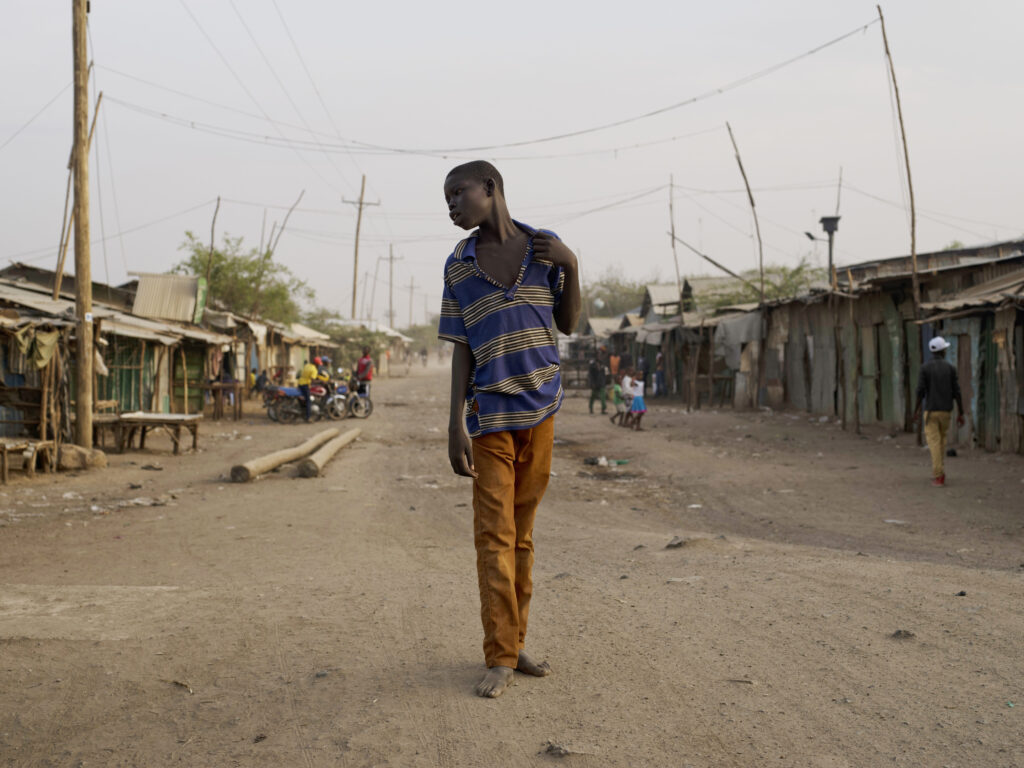
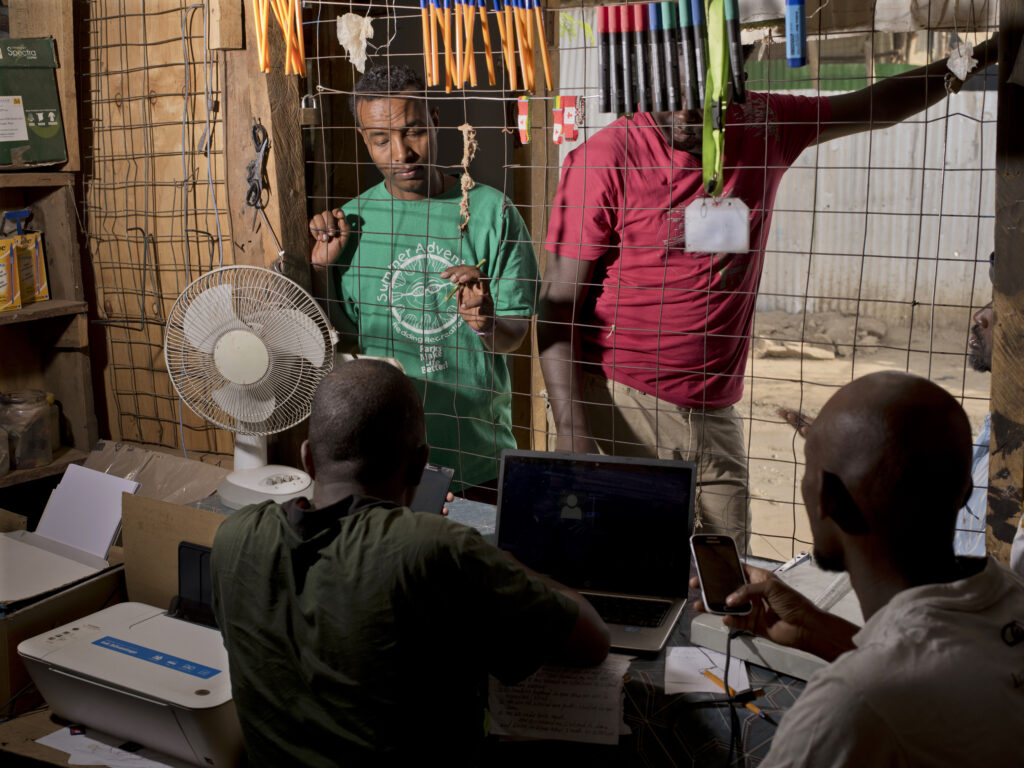
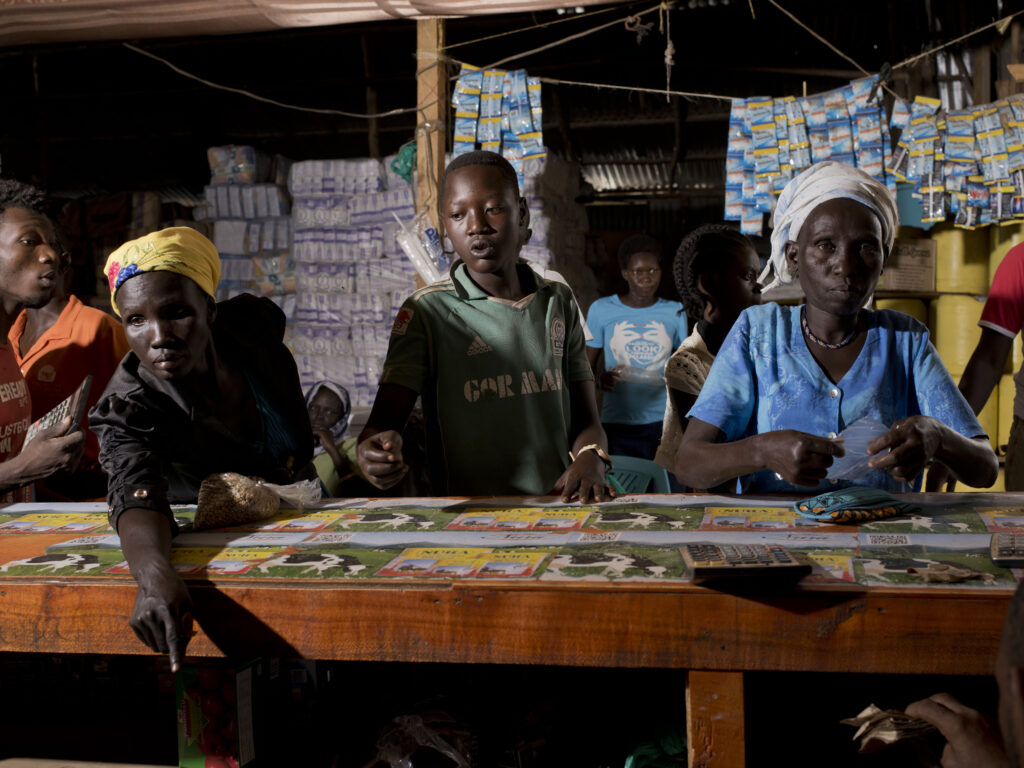
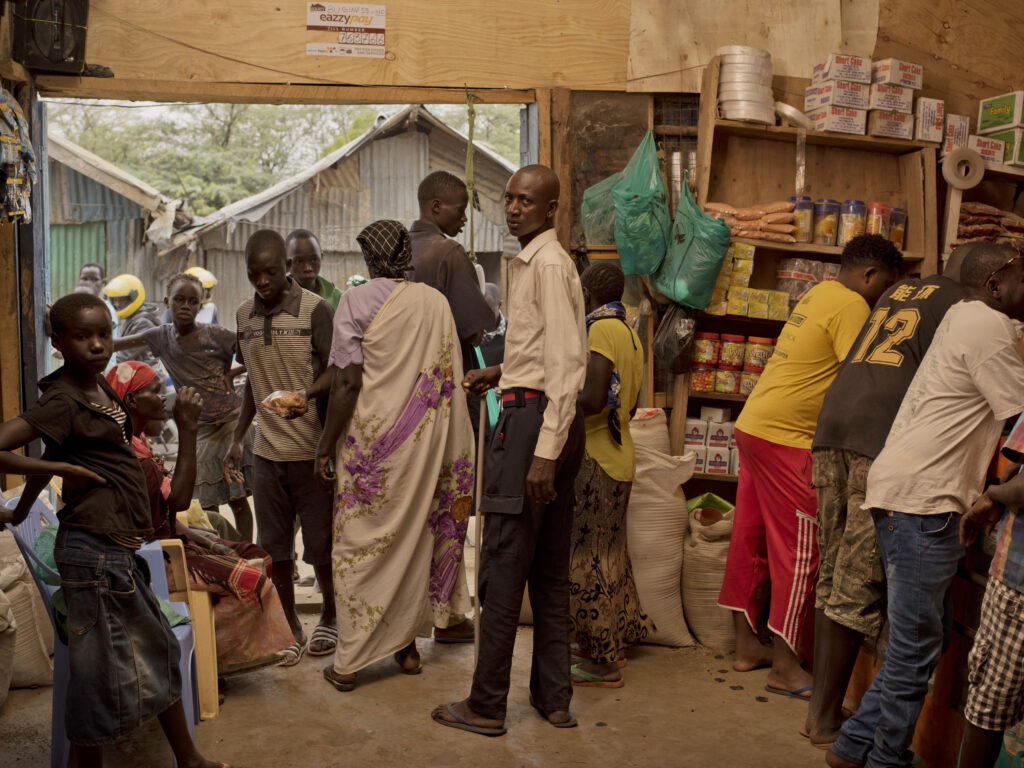
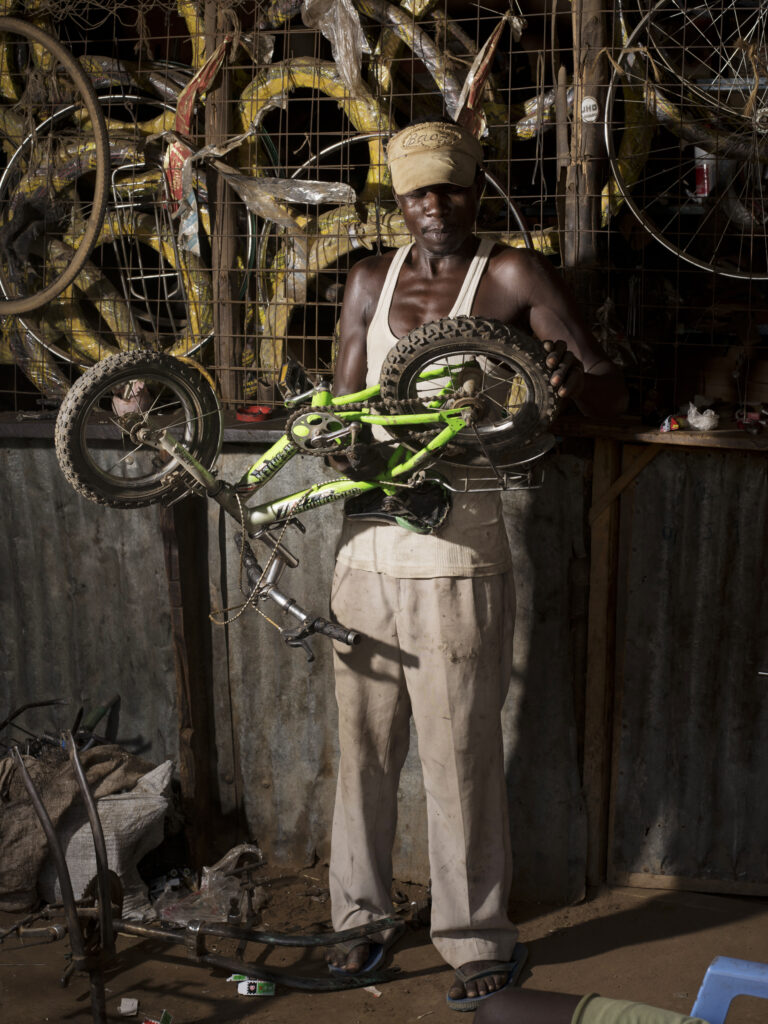

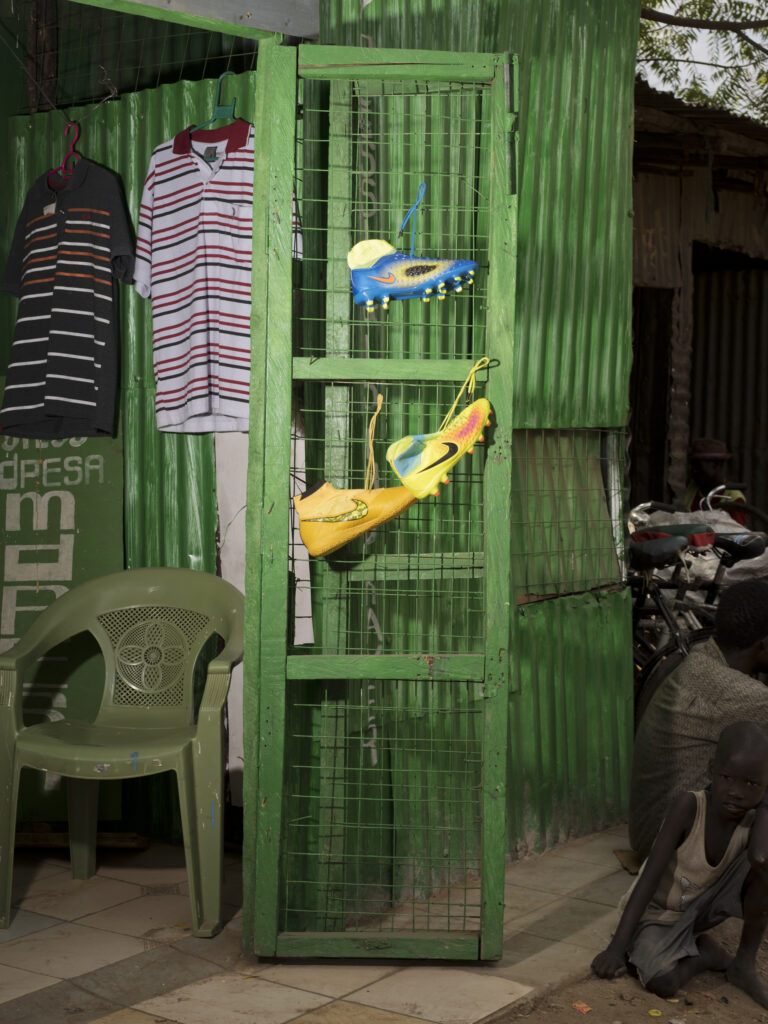

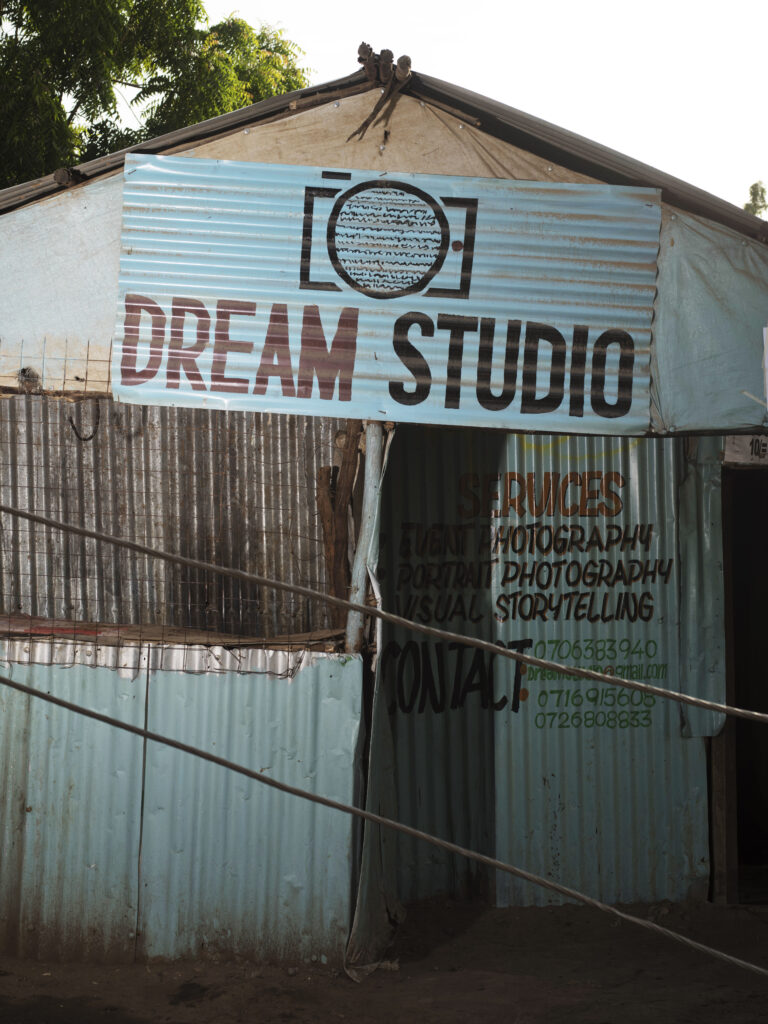
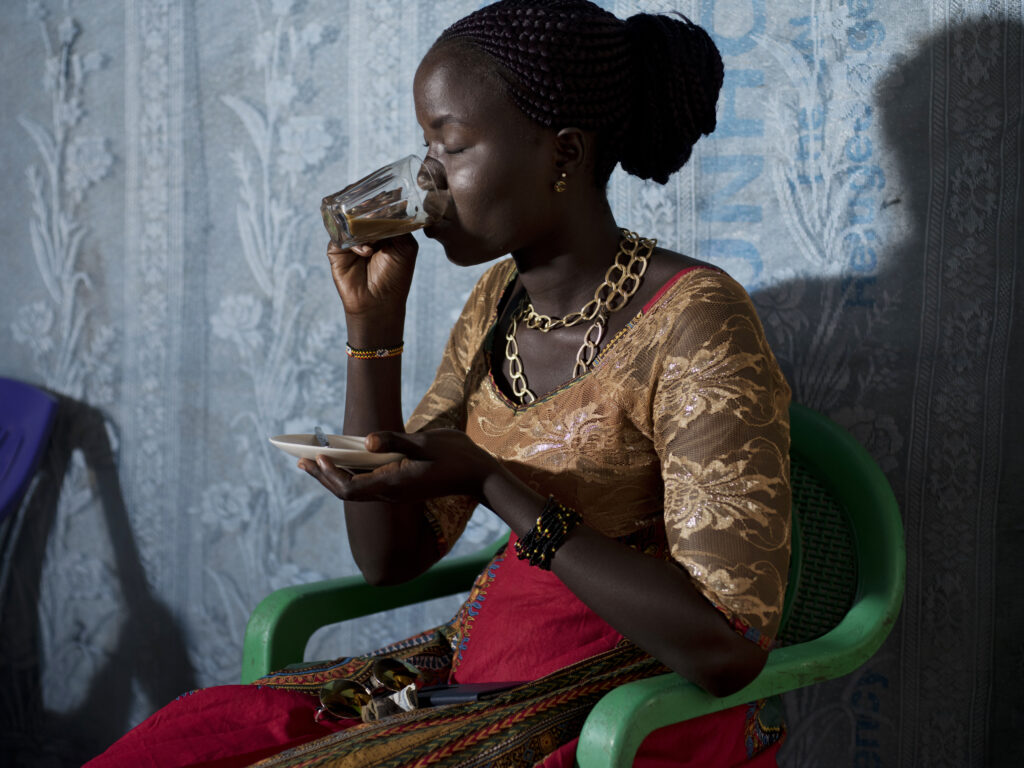
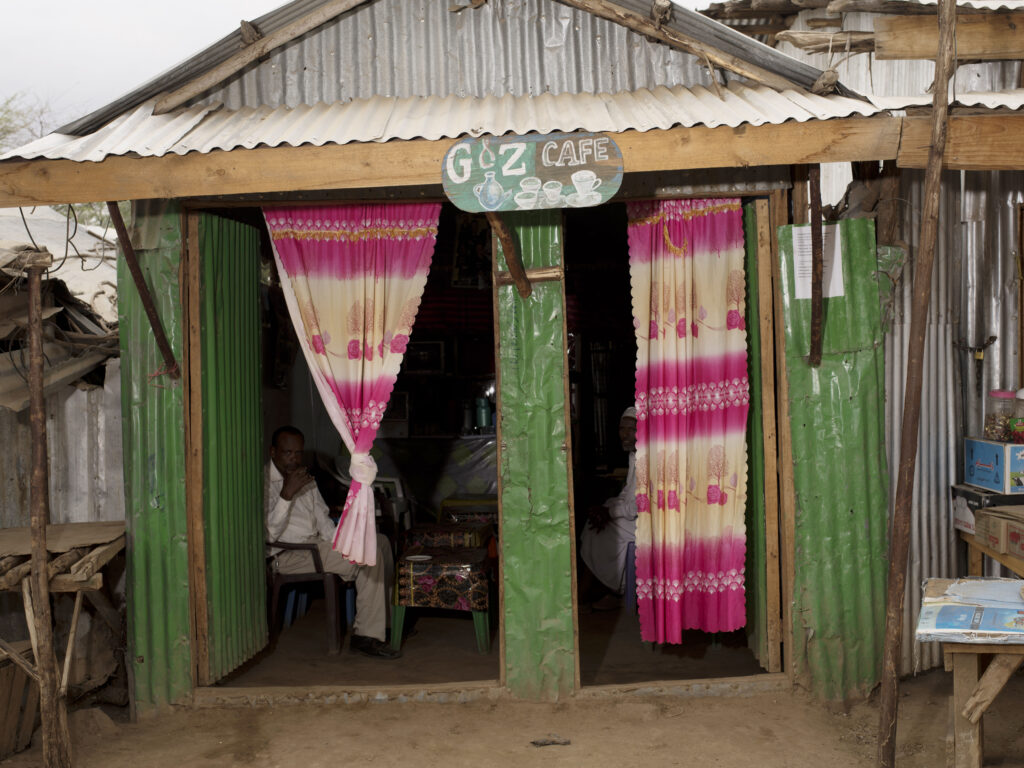
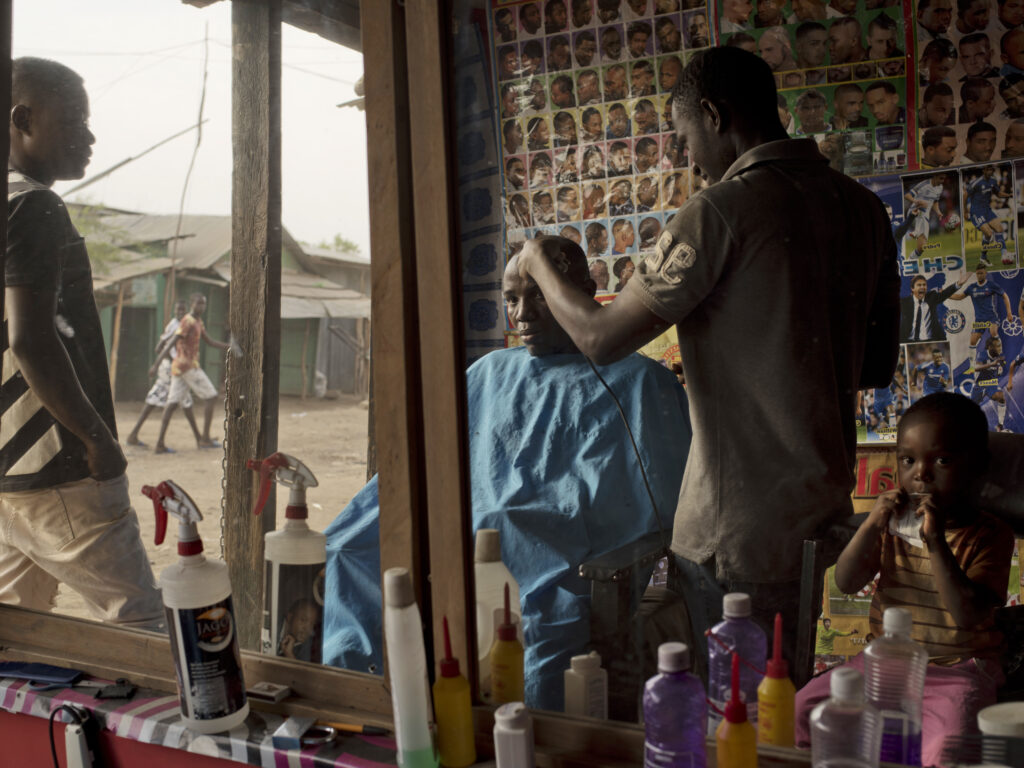
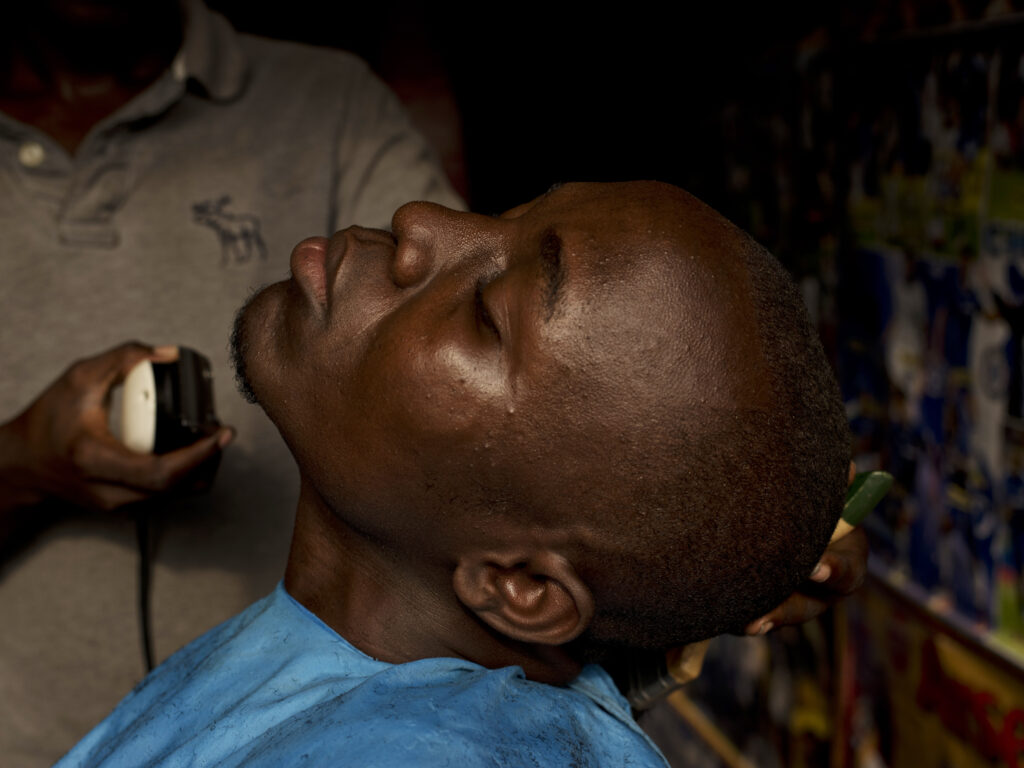
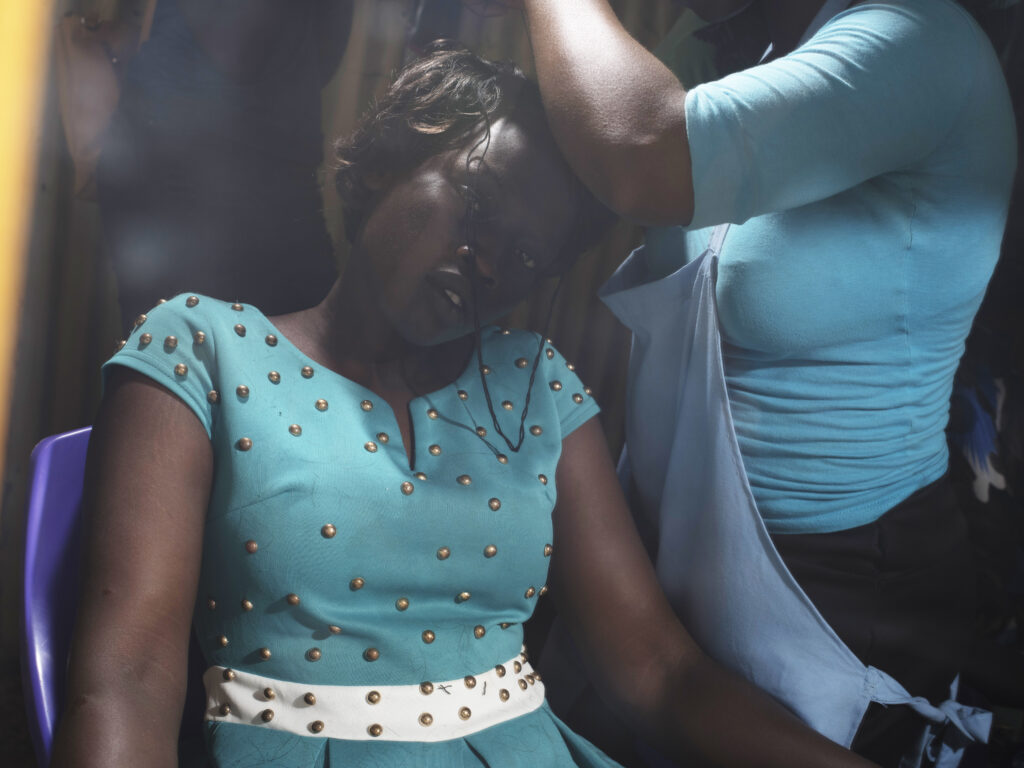
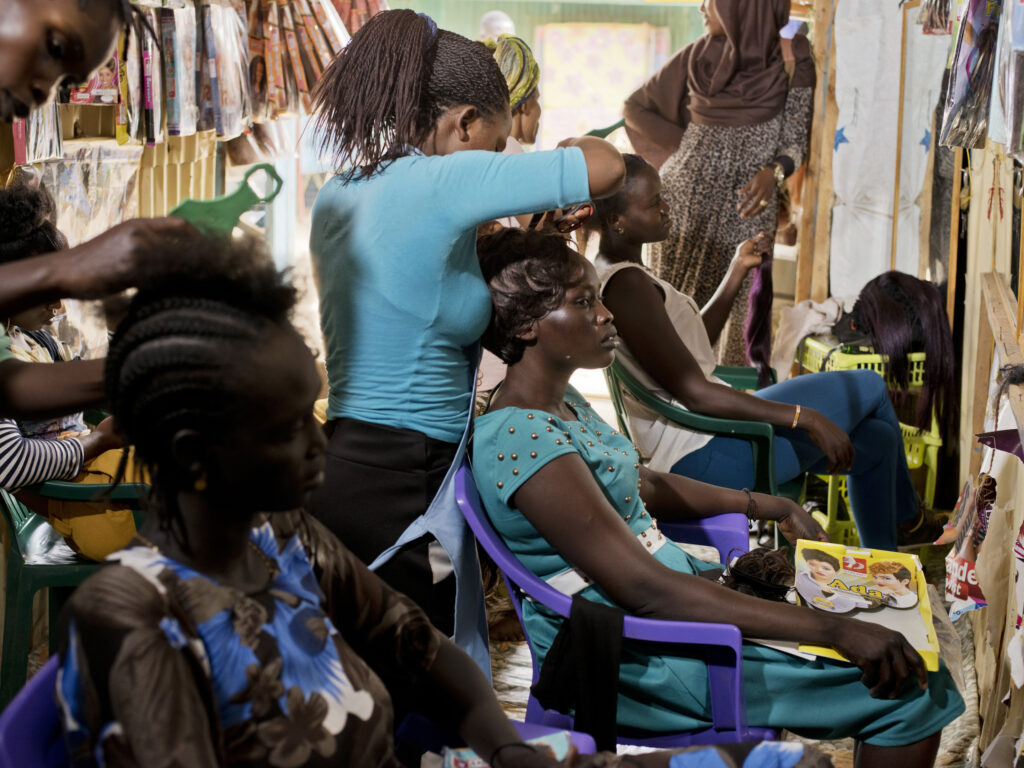
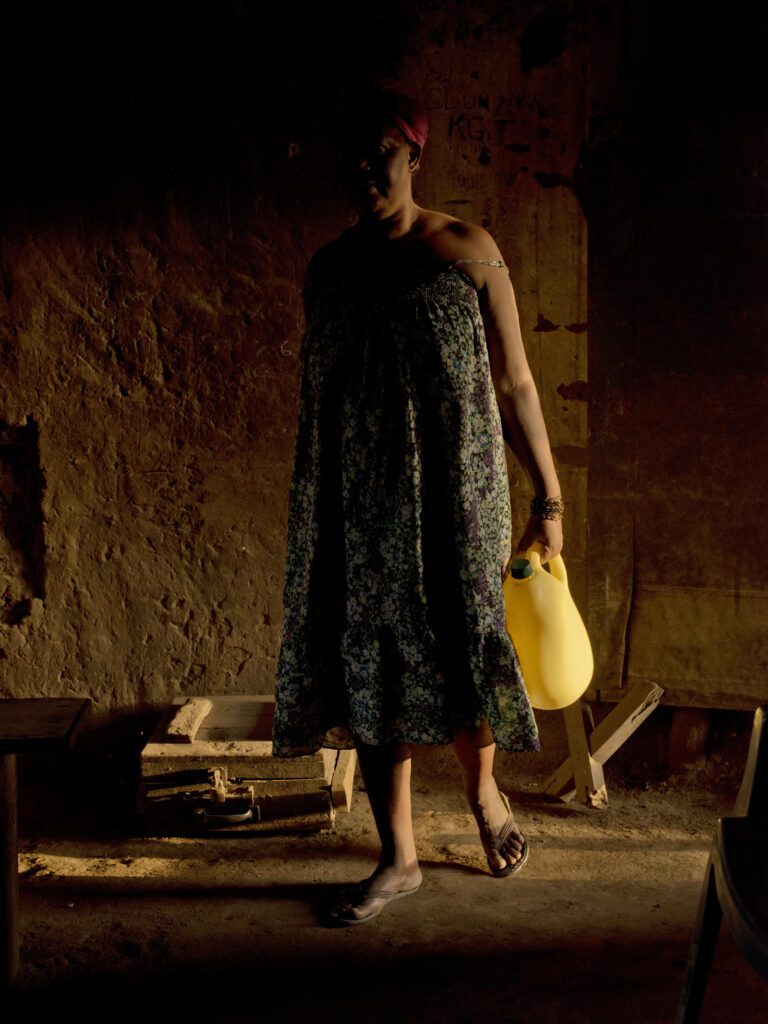

A version of this story originally appeared in the November 2017 issue of Pacific Standard.





